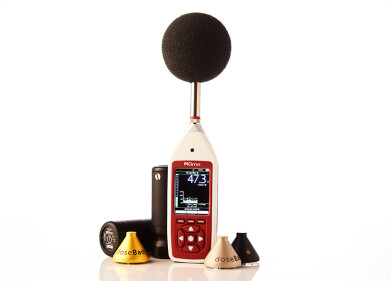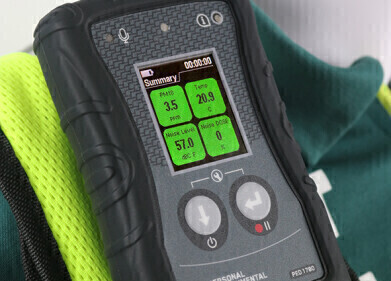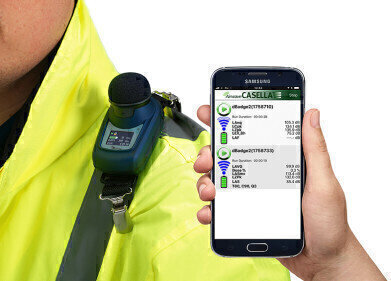Noise monitoring
Simple to Use Sound Level Meters with 1:1 Octave Band Filters
Jan 02 2008
The main objective of sound level meter designers has always been to design an instrument that could make sound level and frequency measurements while still remaining easy to understand and use. To meet this need, Pulsar Instruments Plc have introduced their ‘Assessor’ Models 83 and 84. These are full Octave Analysers having only 5 buttons each of which has a single function. While this is an increase on the 4 buttons of the original Assessor model, it is far less than any competing instrument, most of which have about twice as many buttons – with some having up to 30 - to operate them. This has been done by the clever use of the internal computer and dedicating the instruments to a single task, not in any way by reducing the performance. There is no menu structure and thus the instruments can be used with little learning time needed.
The new ‘Assessor’ Models 83 and 84 were designed for the specific application of measuring noise in the industrial environment to allow employers to comply with EU and HSE regulations. Both twin-channel instruments measure ALL the metrics required by these regulations and as well allow the noise to be categorised in terms of frequency to allow the accurate selection of hearing protection. The process is totally automatic; the Octave function is selected and the instrument does the measurement and presents the results. While the new 83 and 84 Assessors are computerised units, the internal computer is simply used to take the load away from the user, and not add to their burden by having to learn a new set of complex commands.
Unusually, the ‘Assessor’ Models 83 and 84 not only give the formal metrics, but also give a readout of the LEP,d or LEX,8h, the actual data demanded by the European regulations, thus no further calculations need be done to get this data.
The 'engine' of the Model 83 and 84 is a well proven and formally Pattern Approved unit so users can be certain that what they measure will be to all legal requirements. The only difference between the units is that Model 83 meets the full precision or Class 1 of IEC 61672, while the lower cost Model 84 meets the Class 2 or industrial standard – the accuracy that is legally required by the EU.
Normally provided as a full measuring kit, these instruments set new standards for ease of use combined with superb accuracy – all at a very competitive price.
Digital Edition
AET 28.4 Oct/Nov 2024
November 2024
Gas Detection - Go from lagging to leading: why investment in gas detection makes sense Air Monitoring - Swirl and vortex meters will aid green hydrogen production - Beyond the Stack: Emi...
View all digital editions
Events
Jan 12 2025 Abu Dhabi, UAE
Jan 14 2025 Abu Dhabi, UAE
Jan 20 2025 San Diego, CA, USA
Carrefour des Gestions Locales de L'eau
Jan 22 2025 Rennes, France
Safety, Health & Wellbeing LIVE
Jan 22 2025 Manchester, UK



















